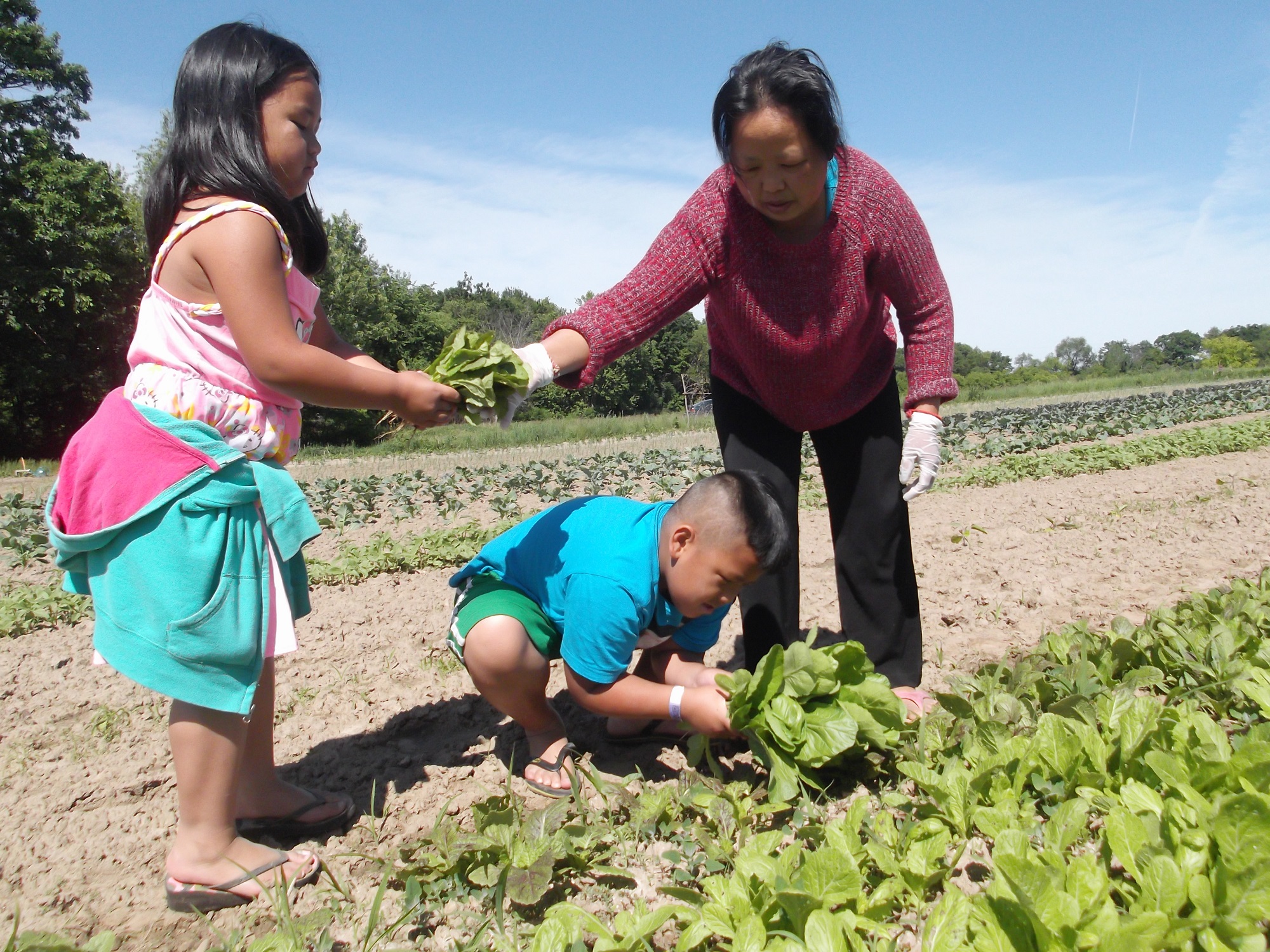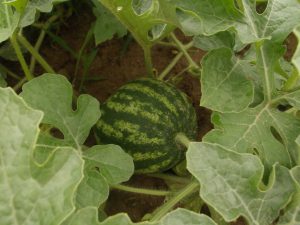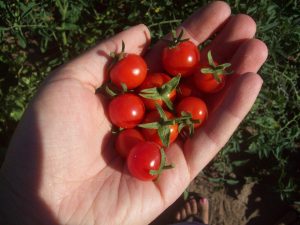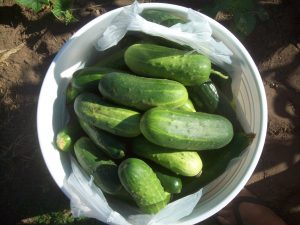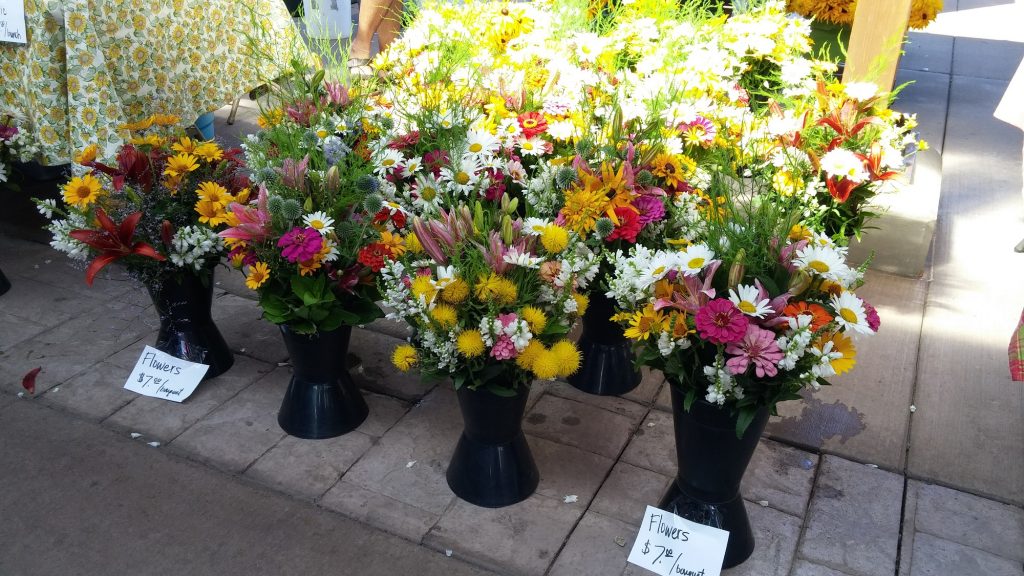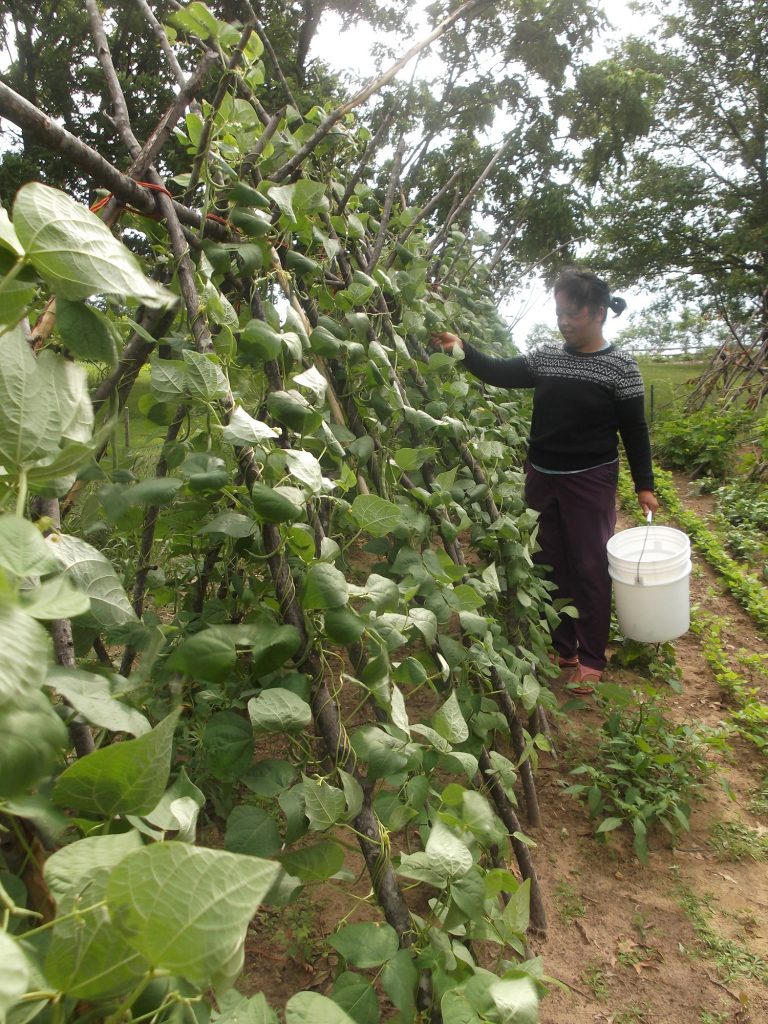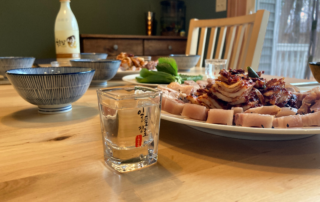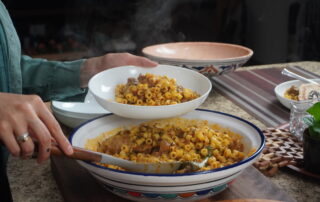As the coronavirus pandemic has left more people stuck inside, a yearning to get back to nature has flourished. This is something writer Yia Lor of Eau Claire has been paying attention to over the last year. She tells us how she found solace in her family’s garden and at the farmers’ market…closely watching the fruits and vegetables.
==
About a month into the pandemic in early spring after what we hoped was the last frost, my mother and I bundled up to make our first trip out to the garden where she divided the land and decided which crop would grow best where. After we finished planting the early spring vegetables, my mother said it was time to hu, or call, the crops.
Me dib me taub, me taum me qos. Tuaj. Nej tsis tuaj, nej hlob tsis yeej nroj os.
Little cucumbers, little squash. Little beans, little potatoes. Grow. For if you don’t, you won’t beat the weeds.
So they grew, and indeed, beat the weeds.
Most days while out in the field with my feet in the dirt and fingers tangled in the vines, I often forgot that the rest of the Chippewa Valley had paused. We continued to stake, to weed, and to find ways of keeping the crows away from the watermelons. Crows didn’t know or care that we were living in a pandemic, and they would feast in our garden when we were away.
- One of Yia Lor’s favorite fruits – watermelon. (Photo by Yia Lor)
- One of Yia Lor’s many favorites – sweet cherry tomatoes. (Photo by Yia Lor)
- Prickly cucumbers from the Lor’s garden. (Photo by Yia Lor)
Though my family had not sold produce at the farmers markets in years, our garden was surrounded by other HMoob growers who did. They were there before we arrived, and they were always the last to leave. Throughout the season, we watched as they tended to the land and hauled buckets of green beans and potatoes into the shade. When our watermelons ripened, my mother cut them open and handed out large slices to growers nearby who were gathering flowers for the next day’s market. In return, I was gifted a summer bouquet and reminded that we exist for each other.
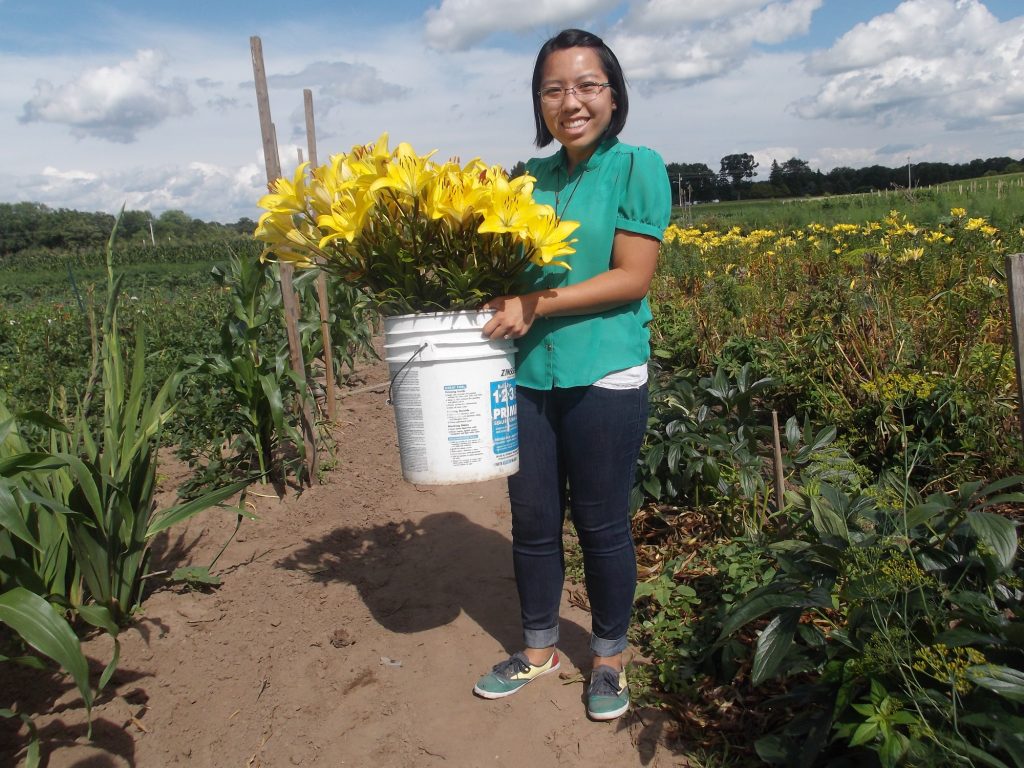
Writer Yia Lor of Eau Claire at her garden. She asks, “Who wouldn’t love a bucket of yellow lilies?” (Courtesy of Yia Lor)
I ran into some of the same growers when visiting various markets, and though they had seen fewer people come to shop, they were grateful that people came. For as long as people still came, they grew their produce and fed the Valley. The crowd was certainly smaller than in previous summers, but the farmers markets continued to offer an array of colorful produce, sweet berries, warm kolaches, and my new favorite, birch log birdhouses.
At the end of the harvest, my family gathered and dried seeds, a practice that has preserved our history and culture over the years, and my mother filled each of our freezers with the summer’s bounty. We gathered and boiled the HMoob corn, and we gave thanks to the ancestors for another good harvest.
The HMoob New Year was not celebrated as a community after the harvest season. We did not gather for a ball toss or cultural performances. There was no need to worry about getting pepper sauce on traditional outfits or sticky fingers from spilled nab vam. However, all across the world, HMoob people celebrated in their homes, perhaps boiling corn too and filling chest freezers full of green beans, eggplants, and squash shoots.
Though we did not anticipate a pandemic and the ways it would change our lives, I do know that my mother and I will return to the garden every spring. We will call the crops and ask them to grow, and we know they will hear us.
They will answer.
(This story also appeared in Volume One Magazine in September 2020.)
